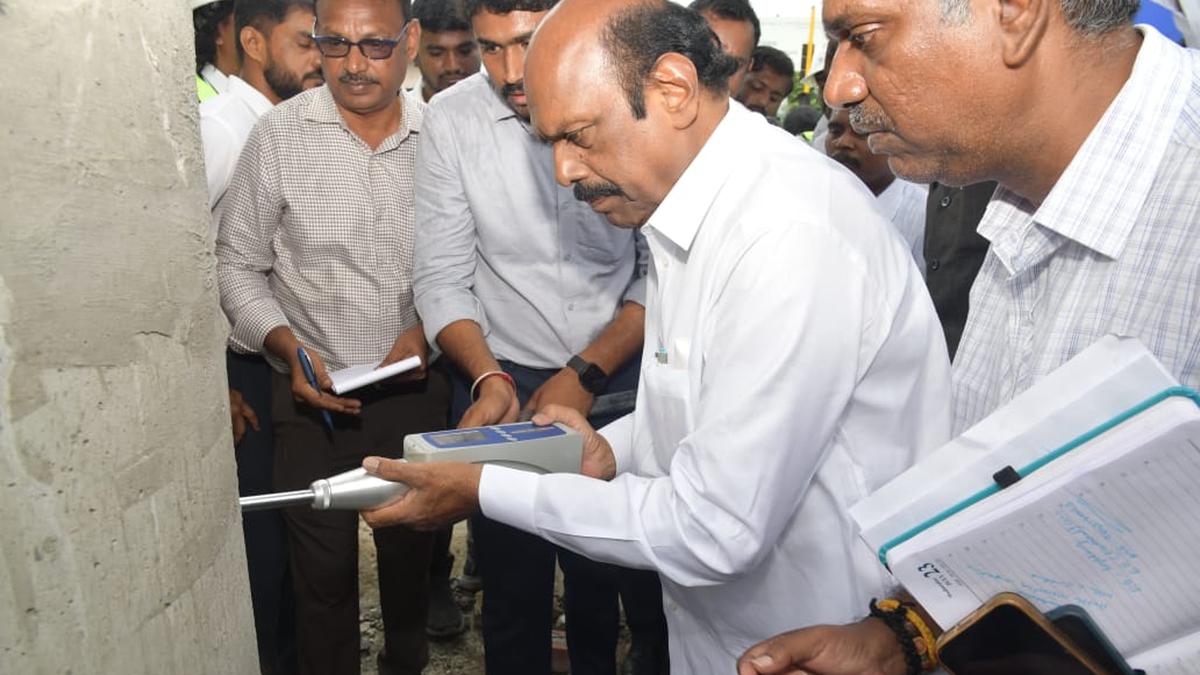Now Reading: Tamil Nadu Must Add 7,000 MW Thermal Capacity by FY 2034-35: Power Ministry
-
01
Tamil Nadu Must Add 7,000 MW Thermal Capacity by FY 2034-35: Power Ministry
Tamil Nadu Must Add 7,000 MW Thermal Capacity by FY 2034-35: Power Ministry

Quick Summary
- Tamil Nadu plans to contract 6,486 MW of thermal power capacity by FY 2029-30, with an additional requirement of 7,000 MW by FY 2034-35 according to teh Central Electricity Authority (CEA).
- Projects contributing to the planned capacity include North Chennai Thermal Power Plant Stage III (1 x 800 MW), Udangudi Thermal Power Project Stage I (2 x 660 MW), and Ennore SEZ Supercritical Thermal Power Project (2 x 660 MW).
- Under-construction projects like Ennore Expansion TPS (1×660 MW) and Uppur STPP U1&2 (2 x 800 MW) are excluded from the planned thermal power capacity target.
- Tamil Nadu Government has requested long-term coal linkage under SHAKTI Policy for conducting tariff-based bidding for the Ennore TPS Expansion project. Decision pending with standing Linkage Committee.
- Tamil Nadu presently meets demand thru a mix of conventional sources totaling an installed capacity of ~15,043 MW, delivering a net availability of ~12,786 MW at an estimated load factor.
- TNPDCL’s current long-term PPAs account for procurement of around 2830 MW after contract termination; these agreements are set to expire by FY 2028-29.
- Median demand deficit projections show shortfalls of approximately ~4,858 MW in FY2026-27 and ~6,997 MW in FY2029-30 due to contract expirations and delays in new projects.
Indian Opinion Analysis
Tamil Nadu’s significant investment in expanding its thermal power infrastructure reflects its focus on addressing growing energy demands over the next decade.The state faces substantial challenges such as persistent deficits (~5 GW by FY26 and nearly ~7 GW by FY30) amid expiring contracts and reliance on external coal allocations governed under policies like SHAKTI. While measures such as medium-term tenders signal proactive steps toward stabilizing supply gaps round-the-clock until additional capacities come online, uncertainties surrounding timely decisions on coal linkages may complicate procurement efforts. This underscores lingering dependence on national-level decision-making mechanisms that could impact Tamil Nadu’s energy planning trajectory moving forward.
For more details: Read More























